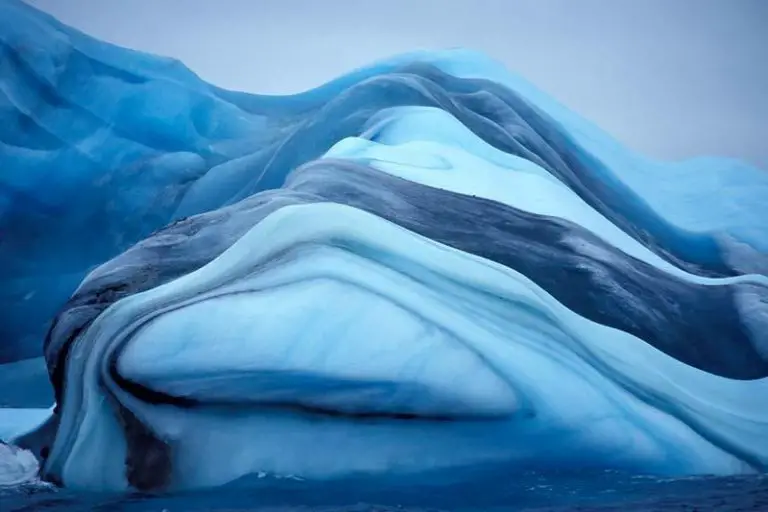

There are also suggestions that sea ice may be melting because of warmth trapped just below the surface of the ocean, Scambos said. The strength of the winds has been linked, in part, to the increase of planet-heating pollution as well as the hole in the ozone layer above the continent.

These winds, which can increase sea ice melt, have been stronger than usual, according to the NSIDC, and added to weather conditions that pump warm air to the region. Several factors may feed into why sea ice is so low, including winds, ocean currents and ocean heat.Īir temperatures have been higher than usual in parts of the Antarctic, around 1.5 degrees Celsius above the long term average.Īnother important consideration is the belt of westerly winds which circle Antarctica, known as the Southern Annular Mode.

“The question is, has climate change reached Antarctica? Is this the beginning of the end? Will the sea ice disappear for good in the coming years in the summer?” Christian Haas, head of the Sea Ice Physics Research Section at the Alfred Wegener Institute in Germany, told CNN. But after two low sea ice records in a row, scientists are becoming concerned. Scientists began observing a steep downward trend.Īt first, some put it down to the usual variability of this vastly complex continent, with its diverse, intertwined climate systems. It hit a record high for winter sea ice extent in 2014 when it reached 7.76 million square miles, which seemed to support the idea that the Antarctic may be relatively insulated from global warming.īut in 2016, something changed. So-called Doomsday Glacier is 'in trouble,' scientists say after finding surprising formations under ice shelfĬlimate models projected declines in Antarctic sea ice that were similar to the Arctic, but until recently the region was behaving completely differently than those models predicted.

Systems like Antarctica are extreme by nature, but that doesn’t mean they’re not vulnerable, he added - they’re highly susceptible to small changes.The Thwaites Glacier in Antarctica, also known as the "Doomsday glacier" due to the huge risk its melting poses to global sea levels. The topic of extremes “is with us more frequently and will be with us even more frequently in the future,” said Peter Schlosser, vice president and vice provost of the Global Futures Laboratory at Arizona State University not involved with the research. What’s more, the disappearance of large swaths of ice accelerates warming like swapping a white T-shirt for a black one on a hot summer day - replace ice with land or water, and suddenly the earth is absorbing the sun’s rays rather than reflecting them. When they disappear, glaciers flow many times faster. Sea ice and ice shelves work like a cork in a bottle, holding back glaciers that would otherwise rush into the ocean. That’s something scientists have long been watching and are even more concerned about now.Īn iceberg floats in the Bahia Almirantazgo near Livingston Island, part of the South Shetland Island archipelago in Antarctica on Jan. What follows if the trend continues, a likely result if humans fail to curb emissions, will be a cascade of consequences from disappearing coastlines to increased global warming hastened by dramatic losses of a major source of sunlight-reflecting ice. And Antarctic sea ice veered from record high to shocking amounts far lower than ever seen. One western glacier is melting so fast that scientists have nicknamed it the Doomsday Glacier and there’s an international effort trying to figure out what’s happening to it. Its western end and especially its peninsula have seen dramatic ice sheet melt that threatens massive sea level rises over the next few centuries, while the eastern side has at times gained ice. The southernmost continent is not isolated from the extreme weather associated with human-caused climate change, according to a new paper in Frontiers in Environmental Science that tries to make a coherent picture of a place that has been a climate change oddball. Even in Antarctica - one of the most remote and desolate places on Earth - scientists say they are finding shattered temperature records and an increase in the size and number of wacky weather events.


 0 kommentar(er)
0 kommentar(er)
